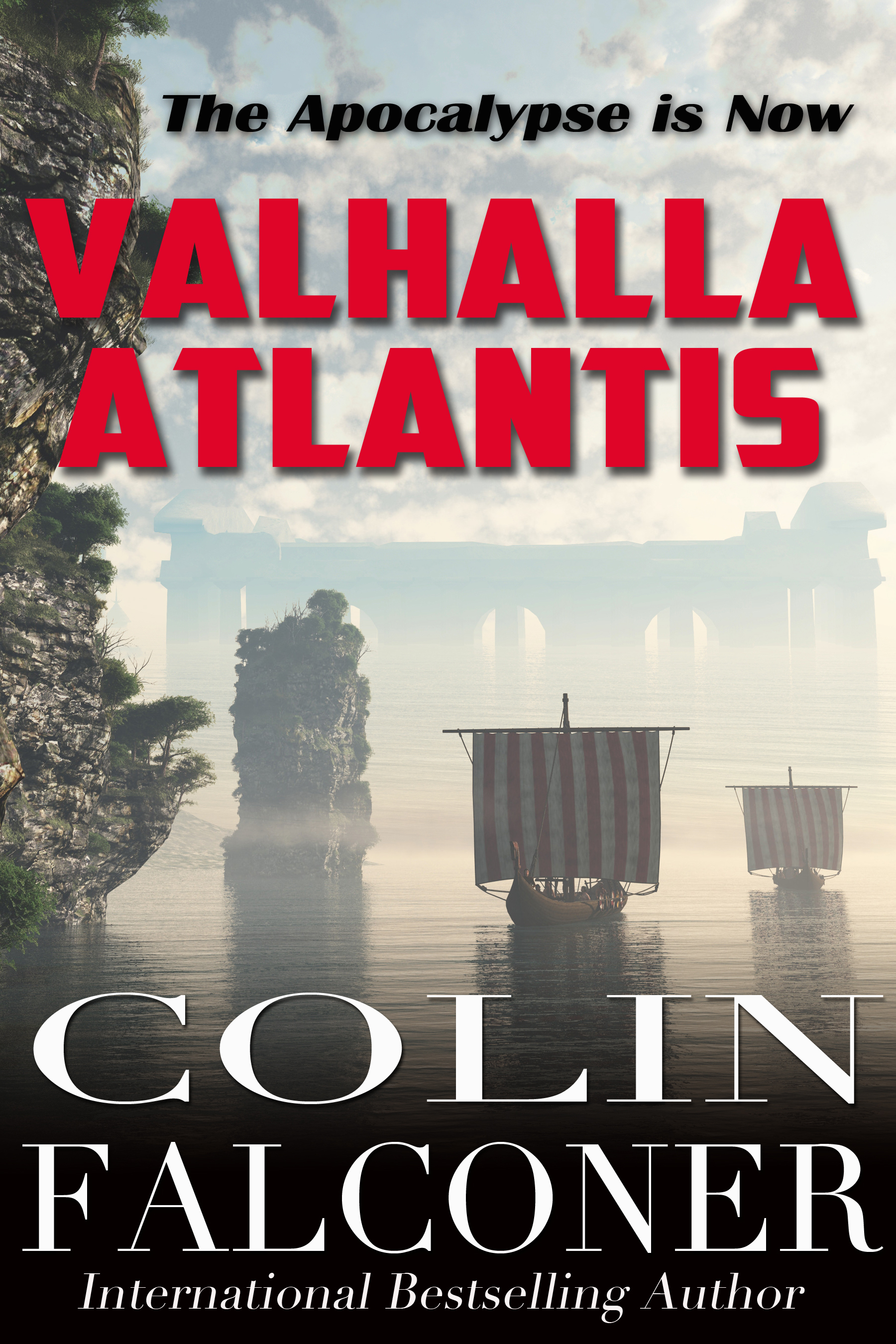Come and join me at the Falconer Club, for selected excerpts and to get free Exclusive Review Copies of my books. JUST CLICK THE FACEBOOK LOGO AT TOP RIGHT!
Imagine you’re on a flight from Amsterdam to Jakarta.
If you took that same journey in 1628, instead of taking less than a day the journey would take eight months.
That’s how long it currently takes for an unmanned space ship to travel to Mars.
But if you were on of the 4,000 intrepid souls who undertook the trip on a Dutch East India ship every year, it would in fact be very much like traveling to a distant manned space station.
After a seemingly endless and extremely hazardous journey you would arrive at your company’s outpost – in Batavia, now Jakarta – to be greeted by a sour and hard-bitten community of singular individuals, in an alien and hostile environment.
That is if you arrive. First, you have to survive the journey, which is so tedious and so uncomfortable that you will wish cryogenics had been invented. Imagine over three hundred people living and sleeping for eight months in a space not much larger than an interstate bus and you have some idea.
As part of my research I went on board a replica of one of those seventeenth century spaceships, the retourschip Batavia.
I couldn’t even stand up straight below decks. And then there are the bathroom arrangements; the best you can say about them is that they were … novel.
The bathroom was a platform extending from the hull below the stern, the toilet paper a long piece of rope with a frayed end.
You pulled it up to use it; you dropped it back down into the ocean to activate the self-cleaning mode.
During that eight months between Amsterdam and the Spice Islands you would travel through a dangerous and uncharted world.
It would be actually more hazardous than going to Mars today: our navigational systems today far exceed Dutch capabilities in 1628.
For example, skippers back then could calculate latitude with the aid of an astrolabe but had no reliable way to calculate longitude – distance east or west – and relied on experience and dead reckoning.
Often, the skipper’s dead reckoning was out by some considerable distance; it was how one East India Company ship came to be shipwrecked on the Houtman Abrolhos, off the western coast of Australia, over 1400 nautical miles to the south of its intended destination.
Now I’ve visited the Houtman Abrolhos. It’s a great place if you’re a sea eagle or a reclusive seal.
But if you had come from the bustling port of Amsterdam in the seventeenth century and then found yourself abandoned there, it must have seemed like being stranded on – well, the moon.
And rescue?
the Houtman Abrolhos
As unlikely as Matt Damon getting off the space station in The Martian.
But they did survive, somehow.
What was left of them.
You have to hand it to our ancestors, they were a tough bunch.
They had to be, because as they say – in space, no one can hear you scream.
A fine lady and a beautiful one, traveling alone on an eight month voyage to the other side of the world, on a tiny and overcrowded ship at a time when most navigation was done by “dead reckoning” – guesswork. What could go wrong?











October 4, 2016 at 6:30 am
A fascinating comparison! At least if you were shipwrecked in 1628, you wouldn’t run out of air. And you could eat the plants and drink the water - unless, of course, you had to focus on keepin Jeronimus Cornelisz and his minions from murdering you! 😉
October 10, 2016 at 12:33 pm
Yes Sue - and in the case of the Batavia, that last part wasn’t too easy!
October 4, 2016 at 10:09 am
I really like that sea-going toilet. Seems like a good idea to me. Except I’m assuming that privacy wasn’t possible. But so much in the past was not private, as privacy results from affluence. At least, that’s my theory.
October 10, 2016 at 1:24 pm
From what I understand, Julia, it was a completely democratic facility - all sexes and all incomes catered for, on the same bit of rope!
October 4, 2016 at 11:42 am
Fascinating article. Glad I found this!
October 10, 2016 at 1:25 pm
Thanks Christopher! Glad you enjoyed it! Hope you’ll come back for more every Monday.
October 10, 2016 at 6:36 am
Intriguing concept!